'ARWARTON
&
SHOTLEY'
We're not aware of any
other sign which uses this spelling of the small village which is
customarily called 'Erwarton' these days. The home of 130 to 150
people, The parish of Erwarton lies between those of Harkstead, Shotley
and the Stour estuary to the south. One of the smallest villages in the
county stands shoulder-to-shoulder with one of the largest: Shotley. In
1870-72 John Marius Wilson's Imperial Gazetteer of England and Wales
used a third spelling of 'Arwerton', which is a transliteration of the
current name. Such is the curiosity of Suffolk nomenclatures; this why
we include the signpost below.
'The Gift of
S
R.
PHILLIP
PARKER
LONG
Bar'. to the
Poor of Erwarton
1740.'
Sir Philip Parker-a-Morley-Long,
3rd Baronet (1682 – 20 January 1741) was an English politician. Born at
Arwarton, Suffolk, the son of Sir Philip Parker, 2nd Baronet, and Mary
Fortrey, he took the name of Long on inheriting the estate of Whaddon
in Wiltshire from his cousin Sir Walter Long. The original Coat of Long
was, through some error, allowed to him by the College of Arms. This
would explain the use of the word 'Long' in the inscription; 'Bar'.'
refers to 'Baronet'.
He served as Member of Parliament (MP) for Harwich 1715–1734. On 20
January 1741, John Perceval, 1st Earl of Egmont wrote in his diary:
"This morning died my brother-in-law Sir Philip Parker, at 3 o'clock,
choked by one of those fits he has had for 12 weeks past at sundry
times."
He succeeded his father and grandfather of the same name: res[ectively,
Sir Philip
Parker, 1st Baronet (c. 1625–1690) and Sir Philip Parker, 2nd Baronet
(c. 1650–c. 1698).
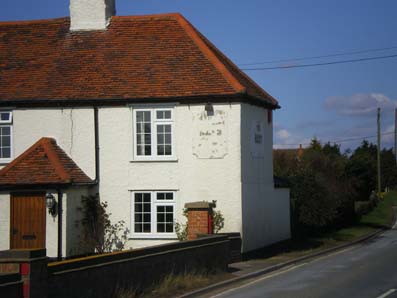
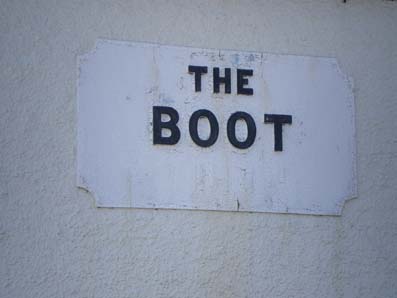 2009 images
2009 images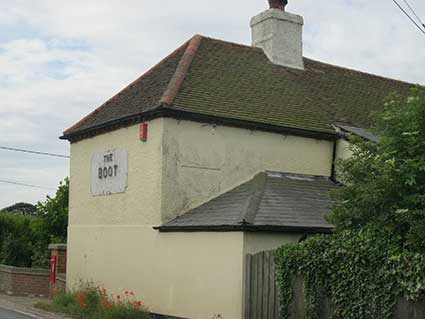
 2016 images
2016 images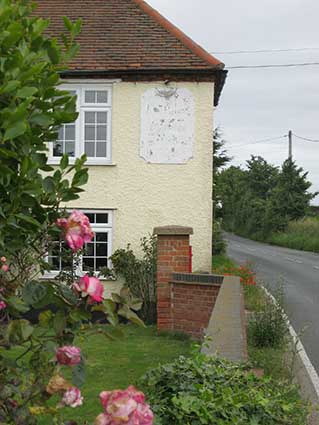
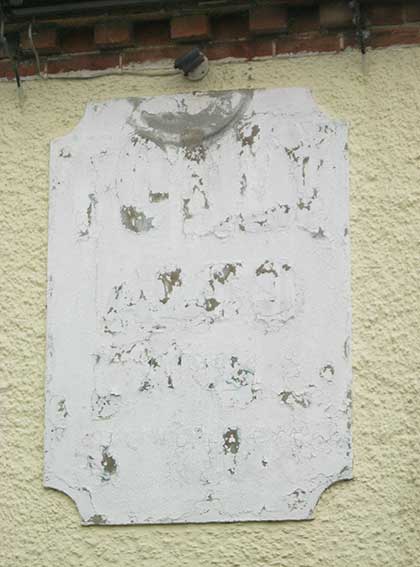
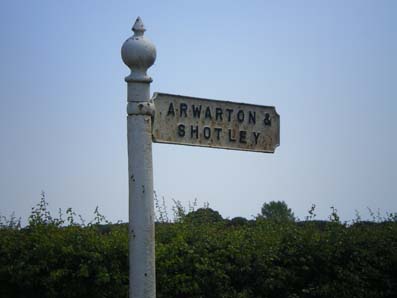 2009 image
2009 image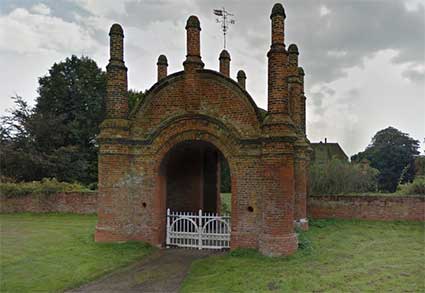 Erwarton gatehouse, the Hall behind it
Erwarton gatehouse, the Hall behind it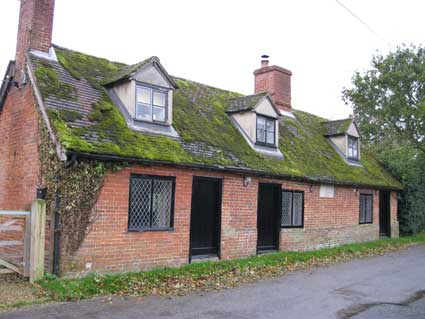
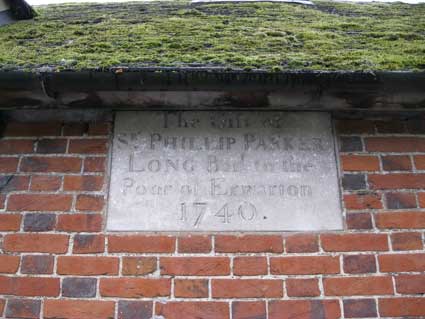 2014
images
2014
images